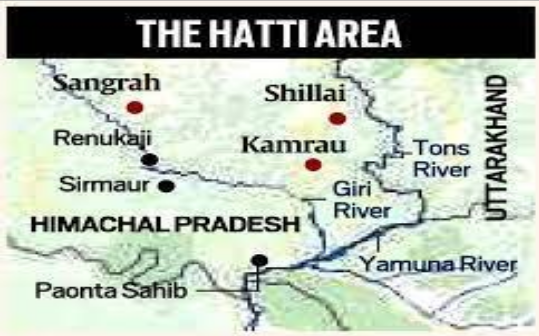GS2- Governance
In the news
Delay in Issuing ST Certificates for Hatti Community in Himachal Pradesh.
Background
In the Trans-Giri area of Himachal Pradesh, the Hatti community attained Scheduled Tribe (ST) status several months ago; however, the delayed implementation of this classification has sparked discontent and anger within the community. Thousands of Hatti members gathered in Nahan district to protest, demanding the immediate issuance of ST certificates. The Kendriya Hatti Samiti and Hatti Vikas Manch led a march, submitting a memorandum to the Chief Minister’s Office through the District Collector for swift action.
Who are the Hattis?
- The Hattis, known for their close-knit community, are deeply rooted in unique traditions and a distinct way of life.
- Primarily concentrated in the Shillai area of Himachal Pradesh's District Sirmour.
- Referred to as trans-Giri communities, indicating the influence of the Giri River on their geopolitical and socio-cultural landscape.
- Name origin
- The community's name, Hattis, is derived from their traditional occupation of selling locally grown produce in small markets known as "haats" in towns.
- Two Hatti clans, one in Trans-Giri and the other in Jaunsar Bawar, share similar customs, fostering a culture of frequent inter-marriages.
- Geographical Homeland
- The Hatti homeland is situated along the Himachal-Uttarakhand border, encompassing the Giri and Tons river basins, both tributaries of the Yamuna.
- The Tons river serves as the border between the two states.
- Hattis in the trans-Giri area (Himachal Pradesh) and Jaunsar Bawar (Uttarakhand) were originally part of the royal estate of Sirmaur until the separation of Jaunsar Bawar in 1814.
- Occupation and Lifestyle
- The Hattis derive their name from their traditional occupation of selling home-grown crops, vegetables, meat, and wool at small-town markets called 'haats.'
- The community is known for its close-knit nature.
- Cultural Traditions and Inter-marriages
- Two Hatti clans exist in Trans-Giri and Jaunsar Bawar, sharing similar traditions.
- Inter-marriages between the clans are common.
- Caste System
- A fairly rigid caste system operates within the community.
- The Bhat and Khash are considered upper castes, while the Badhois are placed below them. Inter-caste marriages are traditionally discouraged.
- Traditional Governance
- The Hattis are governed by a traditional council called 'khumbli,' similar to 'khaps' in Haryana, which decides community matters.
- Despite the establishment of the Panchayati raj system, the Khumbli's power remains unchallenged.
- Population and Demographics
- According to the 2011 Census of India, the total tribal population of Himachal Pradesh is 3,92,126, constituting 5.7% of the state's total population.
- The Hatti community has an approximate population of 3 lakh people residing in about 400 villages, comprising 154 Panchayats.
- Spread across 4 Vidhan Sabhas: Shillai, Renuka Ji, Pachhad, and Paonta Sahib.
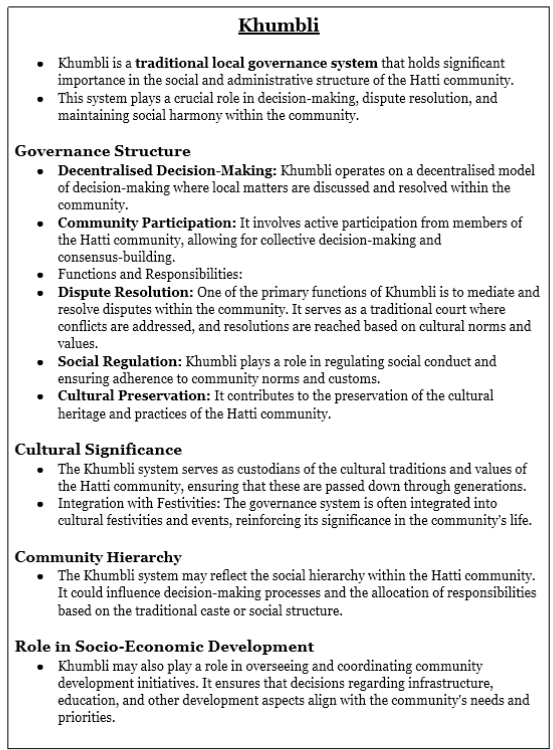
What are their Demands?
- Scheduled Tribe Status
- The primary and longstanding demand of the Hatti community is the official recognition as Scheduled Tribes (ST).
- Since 1967, the Hattis have been demanding Scheduled Tribe (ST) status.
- This demand aligns with the tribal status accorded to people in Jaunsar Bawar in Uttarakhand, which shares a border with the Sirmaur district.
- Equal Recognition
- The demand for Scheduled Tribe status is rooted in the desire for equal recognition and rights as other tribal communities.
- Jaunsar Bawar, sharing historical connections with the Hattis, received this status in 1967, and the Hattis aim for parity in acknowledgment.
- Addressing Topographical Disadvantages
- The Hattis residing in specific areas of Himachal Pradesh, such as Kamrau, Sangrah, and Shillai, highlight topographical disadvantages affecting their development.
- These geographical challenges have led to disparities in education and employment opportunities for the Hatti community in these regions.
- Socio-Economic Development
- The grant of Scheduled Tribe status is seen as a crucial step towards addressing socio-economic disparities.
- The Hattis believe that official recognition will pave the way for improved infrastructure, educational facilities, and employment opportunities in their areas.
- Educational and Employment Lag
- The Hattis in Kamrau, Sangrah, and Shillai stress the need for targeted interventions to bridge the gap in education and employment.
- They advocate for affirmative action policies and support systems to uplift the community and ensure equal access to educational and employment opportunities.
- Overall Empowerment
- Beyond the specific demand for Scheduled Tribe status, the Hatti community seeks overall empowerment and inclusion in developmental initiatives.
- This includes initiatives to overcome the challenges posed by the topography of their region and create a more equitable socio-economic landscape.
What advantages could the Hatti community potentially gain as a Scheduled Tribe (ST)?
- Reservation Benefits: Access to reservation benefits in education, employment, and government services, which can enhance opportunities for Hatti community members.
- Welfare Schemes: Eligibility for various tribal welfare schemes and initiatives aimed at socio-economic development, addressing healthcare, education, and infrastructure needs.
- Educational Opportunities: Priority in admissions to educational institutions, scholarships, and other educational assistance programs, contributing to increased educational attainment within the community.
- Employment Opportunities: Priority in government job opportunities, ensuring equitable access to employment and addressing historical disparities in job opportunities.
- Financial Assistance: Financial assistance and subsidies for entrepreneurship and economic development initiatives within the Hatti community, promoting self-sufficiency and economic empowerment.
- Cultural Preservation: Support for the preservation and promotion of Hatti community's cultural heritage, language, and traditional practices, ensuring the continuity of their unique identity.
- Healthcare Support: Improved access to healthcare facilities and programs, addressing healthcare disparities and promoting the overall well-being of the community.
- Infrastructure Development: Allocation of resources for infrastructure development in Hatti-inhabited areas, addressing topographical challenges and enhancing the overall living conditions.
- Representation: Enhanced political representation, ensuring that the Hatti community's concerns and interests are effectively represented in decision-making bodies.
- Social Inclusion: Promotion of social inclusion and integration, reducing historical stigmas and fostering a more inclusive society for the Hatti community.
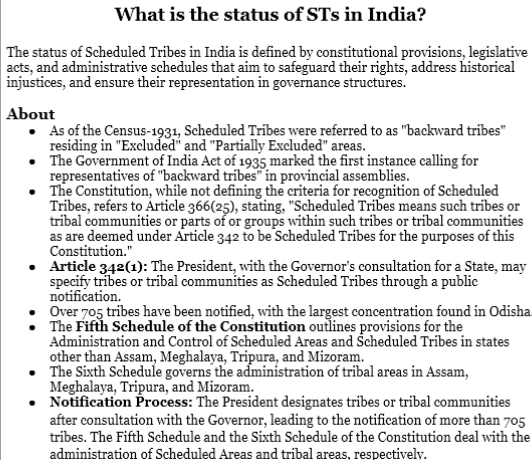
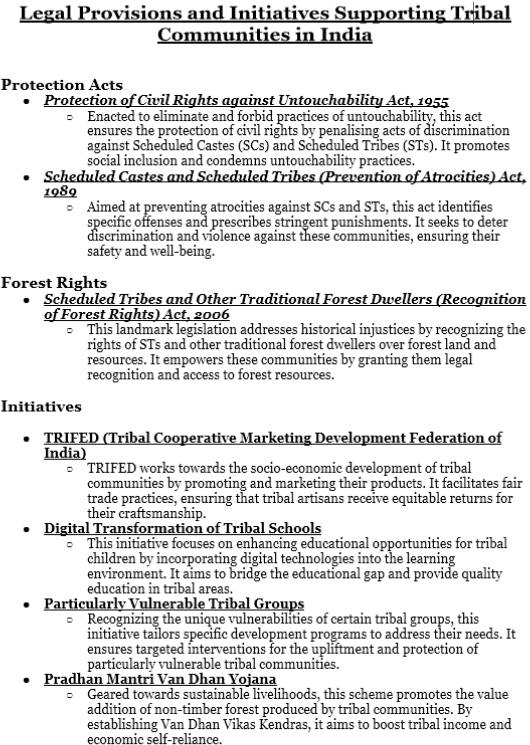
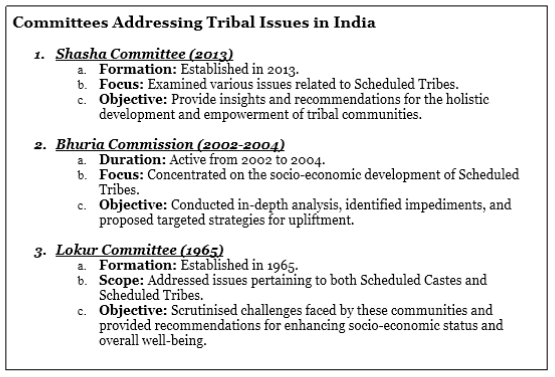
Conclusion
The Hatti community in the Trans-Giri region of Himachal Pradesh achieved Scheduled Tribe (ST) status after a protracted 55-year advocacy effort, culminating in a recent announcement by Union Minister for Tribal Affairs. However, the delayed execution of this classification has spurred discontent within the community, leading to protests. Renowned for their distinct cultural practices and traditional governance structure, Khumbli, the Hattis aspire for socio-economic development and parity in opportunities. The envisioned advantages of ST status encompass access to reservations, welfare initiatives, and enhanced prospects in education and employment. India's legislative and initiative-based support systems, along with committees such as the Shasha Committee, Bhuria Commission, and Lokur Committee, collectively contribute to the overarching framework aimed at the advancement of Scheduled Tribes.

